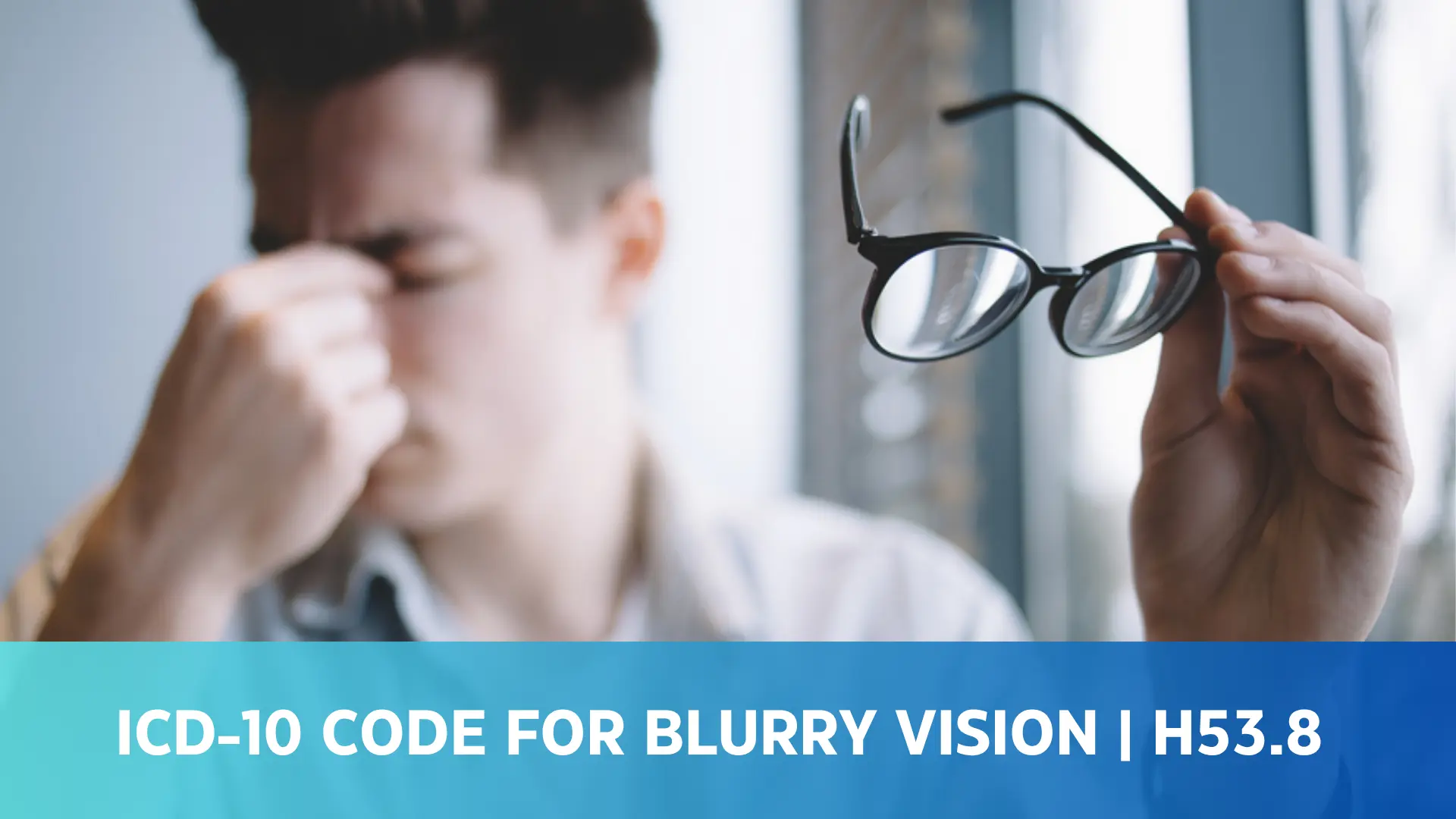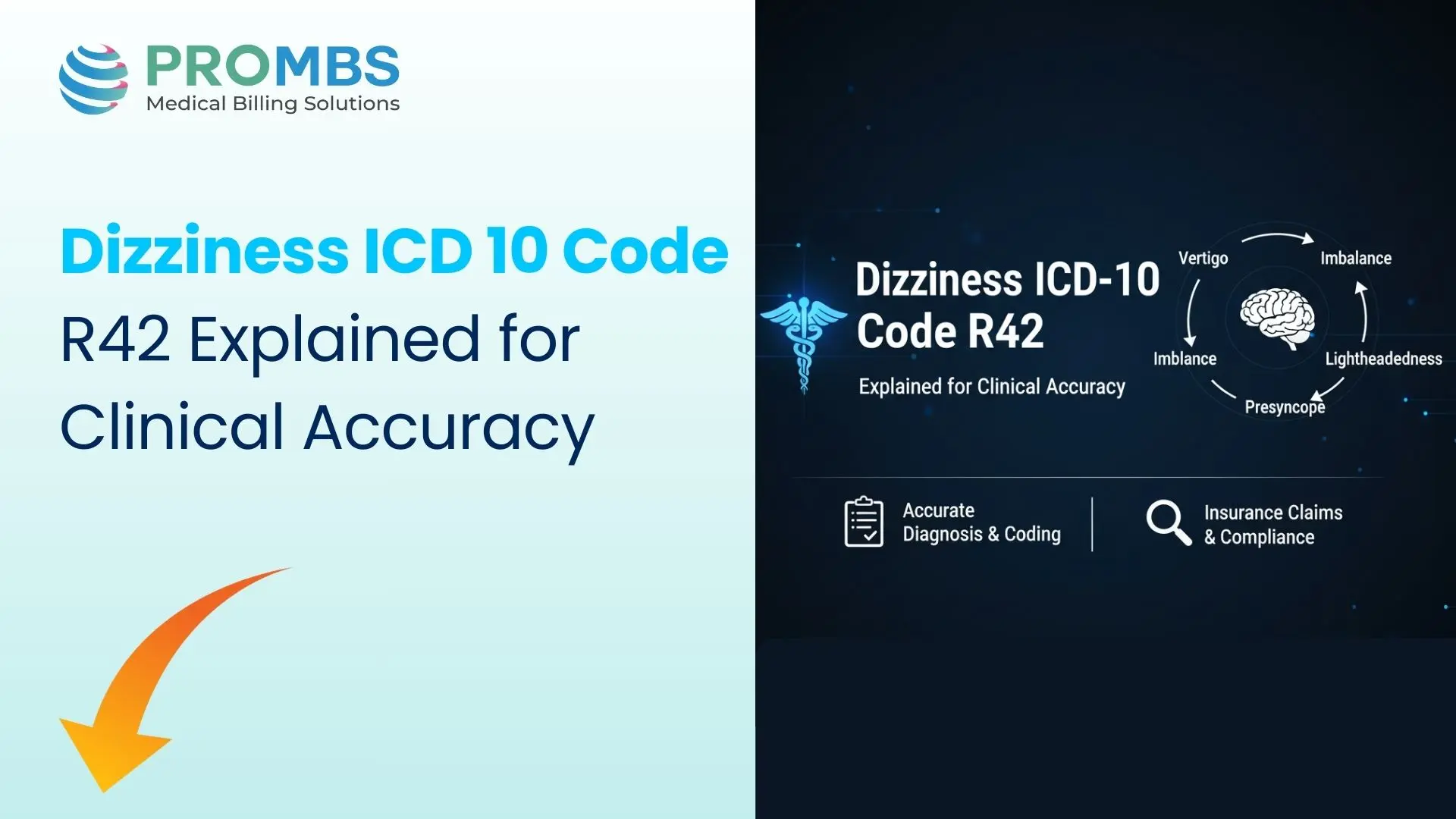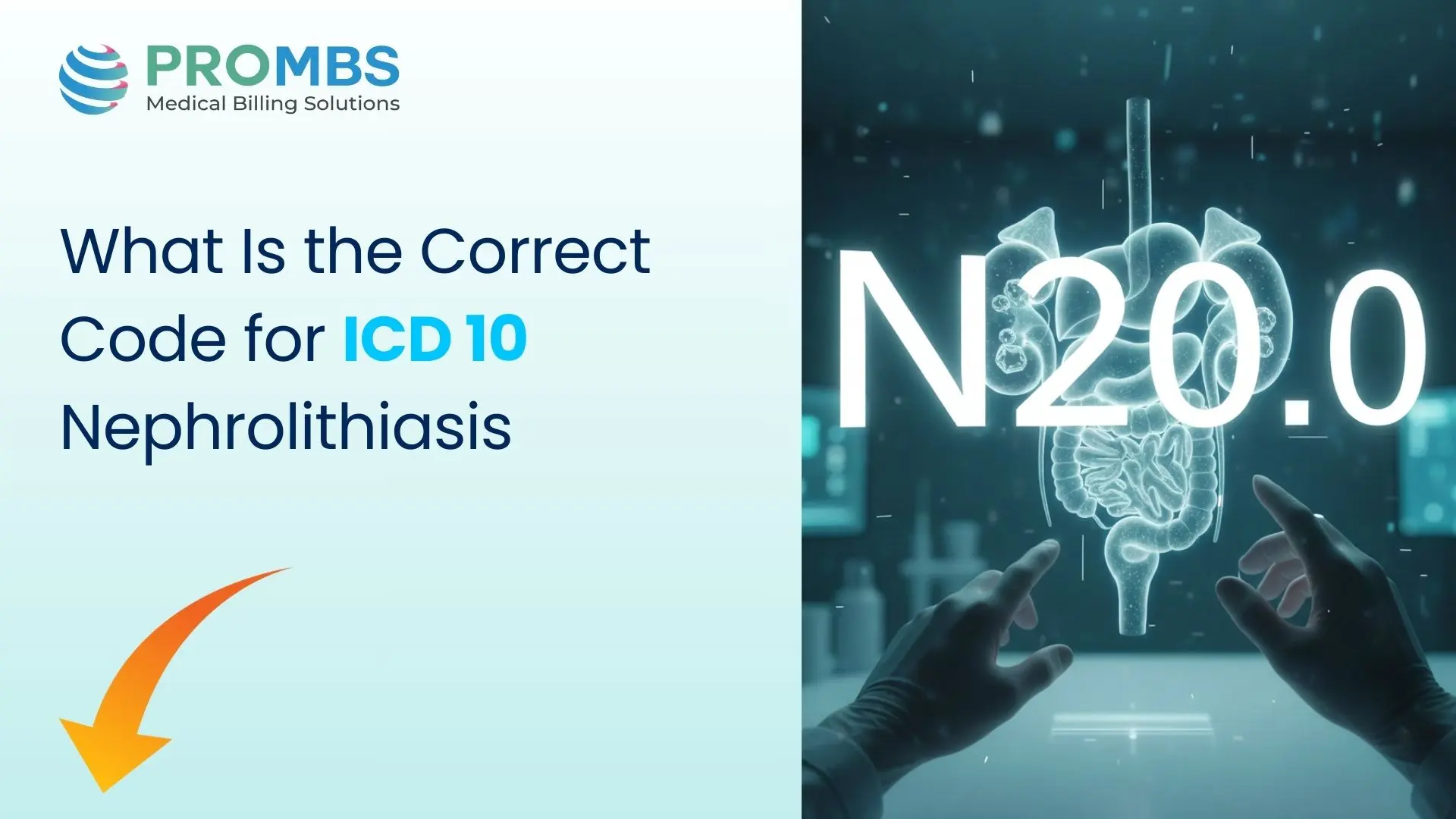Blurry vision is one of the most commonly reported visual symptoms, and it can stem from a wide range of ocular, neurological, or systemic conditions. For medical coders and healthcare professionals, it’s essential to understand how to accurately classify this symptom using the ICD-10 system. The ICD 10 code for blurry vision ensures consistency in documentation, helps streamline billing processes, and supports appropriate medical interventions.
What is Blurry Vision?
Blurry vision refers to a loss of visual sharpness that makes objects appear hazy or out of focus. It can affect both near and far sight and may occur in one or both eyes. The symptom can be mild and temporary or severe and persistent, often impacting daily activities such as reading, driving, or using digital devices. While it may arise from simple causes such as refractive errors, it can also signal more serious health conditions like diabetes or neurological disorders.
Common Symptoms of Blurry Vision Include:
- Difficulty focusing on objects at varying distances
- Hazy or clouded appearance of surroundings
- Eye strain or discomfort, especially after screen use
- Double vision or halos around lights
- Headaches associated with visual tasks
- Need to squint or blink frequently to see clearly
- Gradual or sudden decline in visual clarity
Blurry vision is often a symptom rather than a standalone diagnosis. It’s important to investigate underlying causes, especially if the blurriness is sudden, progressive, or accompanied by other symptoms like eye pain, floaters, or loss of peripheral vision.
Primary ICD 10 Code for Blurry Vision
Related ICD-10 Codes for Blurry Vision
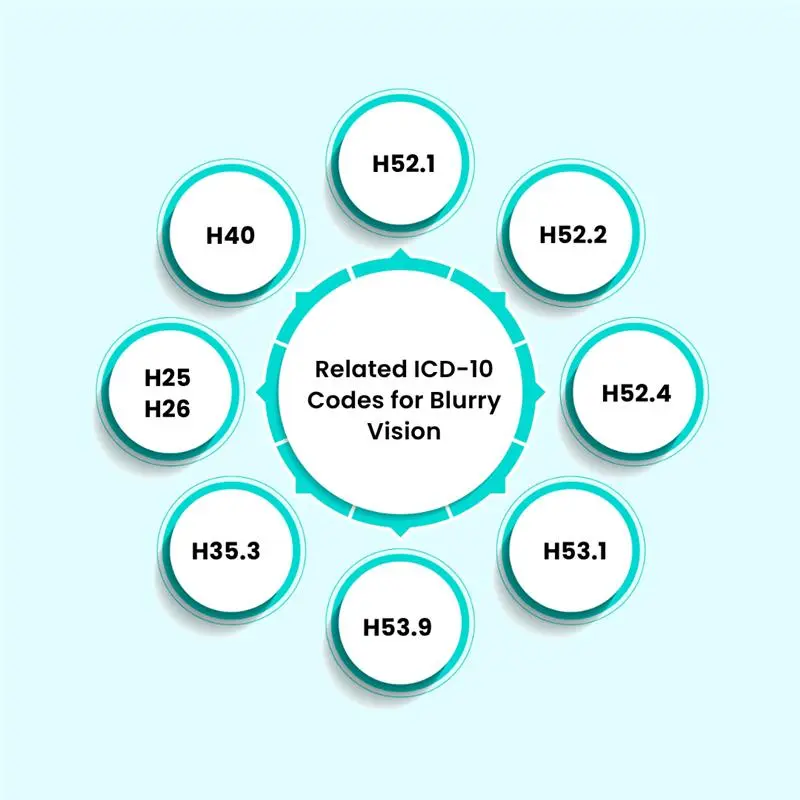
| ICD-10 Code | Description |
|---|---|
| H52.1 | Myopia (nearsightedness) |
| H52.2 | Hypermetropia (farsightedness) |
| H52.4 | Presbyopia (age-related difficulty seeing near objects) |
| H53.1 | Subjective visual disturbances (use when documentation supports symptoms such as visual distortion, flickering lights, or blurred vision with additional descriptors) |
| H53.9 | Unspecified visual disturbance |
| H35.3 | Macular degeneration |
| H25-H26 | Cataracts |
| H40 | Glaucoma |
For example, if a patient presents with blurry vision and is diagnosed with cataracts, then the correct coding would include the specific code for cataracts, with or without H53.8.
Causes of Blurry Vision and How to Code Them
Refractive Errors
Refractive errors like myopia, hyperopia, astigmatism, and presbyopia are among the most common reasons for blurry vision. These are conditions where the shape of the eye prevents light from focusing directly on the retina. In such cases, you would use H52 series codes to describe the specific condition rather than defaulting to H53.8.
Eye Diseases
Neurological Disorders
Blurry vision can be linked to neurological conditions such as optic neuritis, multiple sclerosis, and strokes. Depending on the diagnosis, codes like H46 (optic neuritis) or I63 (stroke) would be more appropriate than the general visual disturbance code.
Systemic Conditions
Systemic diseases like diabetes and hypertension can affect the eyes and cause blurry vision. For instance, if blurry vision is a result of diabetic retinopathy, the correct code would be E11.319 (Type 2 diabetes mellitus with unspecified diabetic retinopathy without macular edema).
Accurate Documentation and Coding Tips
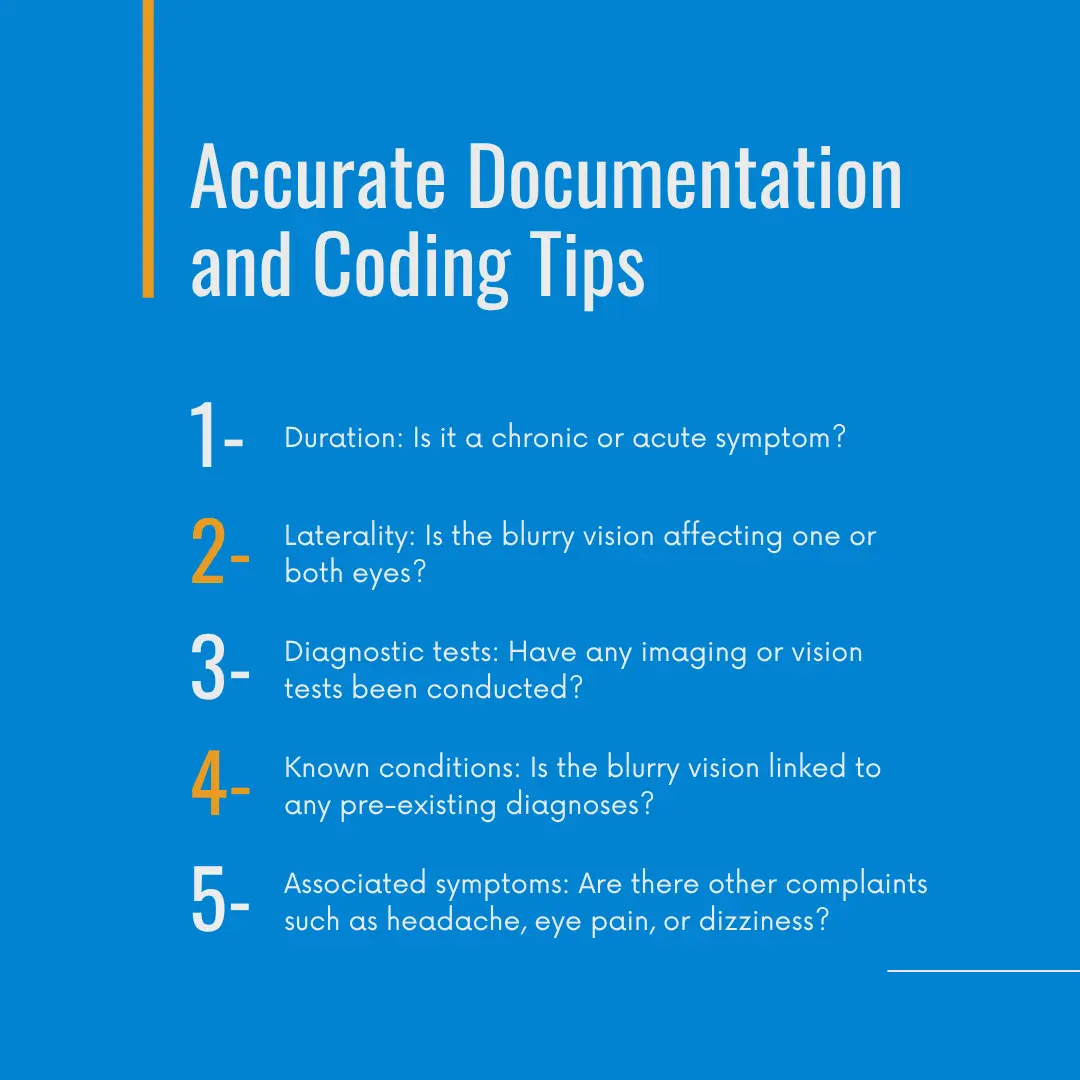
The more specific the documentation, the more accurately the symptom can be coded.
Blurry Vision in Emergency Settings
Medical Necessity and Billing
Medical necessity is a key concept in healthcare billing. Insurance payers require that the services provided be justified by a valid diagnosis. The ICD 10 code for blurry vision may not always support billing for complex procedures unless backed by a more specific diagnosis.
Some Medicare contractors and commercial payers may deny H53.8 as the primary diagnosis for advanced imaging or surgery authorizations without a confirmed pathology code. Including this in the Medical Necessity and Billing section would strengthen the compliance aspect.
It is advisable to link the symptom code with corresponding CPT codes for eye examinations or diagnostic procedures. For example:
- CPT 92002 – Eye exam, new patient
- CPT 92250 – Fundus photography
When using H53.8, ensure that the clinical documentation includes a comprehensive evaluation to support medical necessity.
ICD-10 vs. ICD-11: What’s Ahead?
ICD-11 is the latest revision of the classification system and introduces a more detailed and digital-friendly approach. Although most countries, including the U.S., are still transitioning, ICD-11 promises greater granularity in coding visual impairments.
For instance, where ICD-10 uses broad categories like H53.8, ICD-11 may offer more specific symptom descriptions and laterality distinctions. Medical coders must stay updated with these changes to maintain accuracy and compliance.
Specialized ICD-10 Coding Solutions for Blurry Vision
We ensure precise assignment of the ICD-10 code for blurry vision (H53.8) to support accurate clinical documentation, optimized revenue cycle workflows, and full compliance with payer and regulatory standards. Incorrect coding or insufficient specificity can result in denials, reimbursement delays, and compromised reporting accuracy.
Our certified coding team experienced in ophthalmology and general diagnosis coding delivers comprehensive, end-to-end solutions aligned with the latest ICD-10 guidelines, payer-specific requirements, and Clinical Documentation Improvement (CDI) best practices. We help providers maintain coding precision, improve operational efficiency, and achieve audit readiness while safeguarding revenue integrity.
